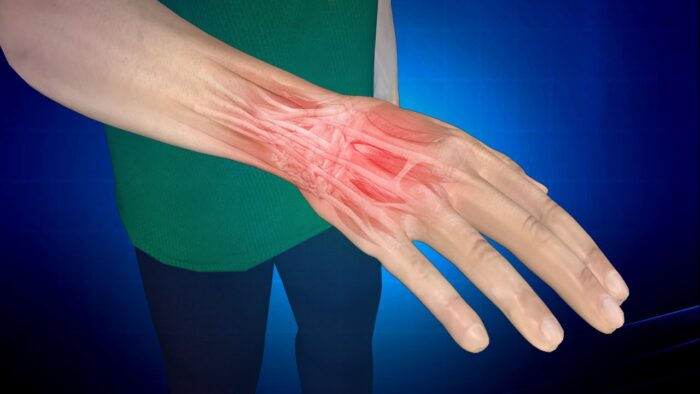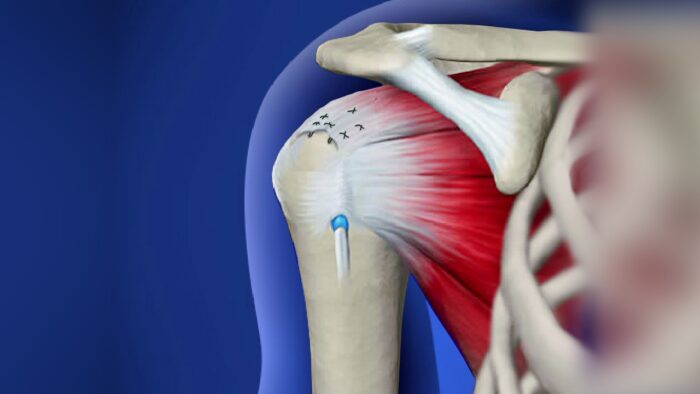Sports are treated like ethics, morals, and ideals of individual life as it captivates people from different traditions and social norms. These are based on ability or strategies that embarks the theme of equality and dignity. Cricket is placed in the world’s second most popular game and is also known as a gentlemen’s game which started in the 16th century as a pastime of physical recreation. But, now, it has become the soul of the people. Injuries are common in all sports, and cricket is not an exemption. Here is the list of ten cricket injuries and how to prevent them.
1. Rotators Cuff
Rotators Cuff is a set of muscles around the shoulder blade that extend to the upper arm tendons. The injury in that cuff portion gives a dull ache feeling. Bowler gets these injuries while chucking the ball at high speed. Prevention - Daily warm-up exercises (Stretching, rotating the shoulder, and upper body exercise).
2. Medial Meniscus
The extreme level of force for bowling in the right direction can immensely cause the injuries such as strain, sprain, and tear of the muscles around the knee, which can ultimately result in patellar tendinopathy due to over-usage of tendons. Prevention - By strengthening the leg exercises and knee rotation which can stabilize the knee.
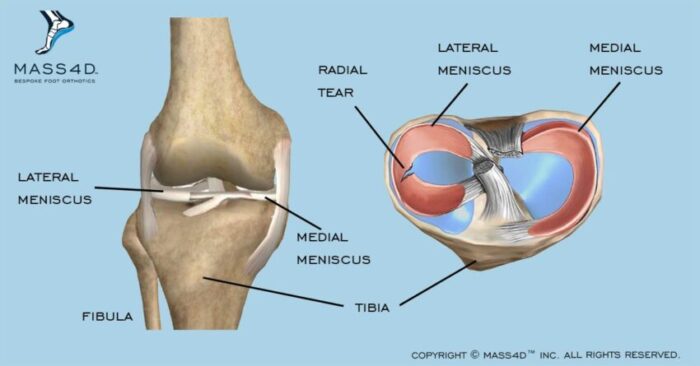
3. Severe Sprain On Ankle
There are three joints in the ankle, the meeting point of the foot, and the leg. Sprains usually occur when the ankle rolls, turns, glitches, twists, and pressure is exerted abnormally. This injury is common to everyone, besides sporting movements. The sprain is possible when we try to balance while stepping on a curb. Prevention - By strengthening the tendons muscle around the ankle, enhancing mobility, stability, speed, efficiency, and power.
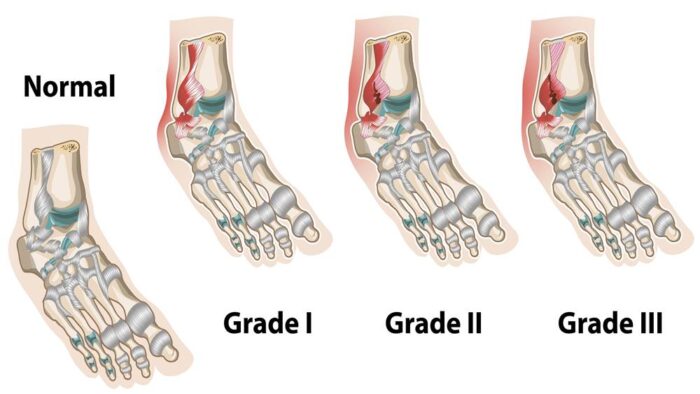
4. Strain Over The Inner Thigh (Groin Pain)
Groin injuries may happen in different levels, while the first is mild and the third is extreme that needs medical attention immediately. A person with a groin injury may feel discomfort or inflammation. This mostly happens while switching directions, running, or squatting. Stretching in a limited way, warming up before every practice, replicating the movement in the same amount, and being gentle for the targeted muscles are the preventions for Groin injuries.
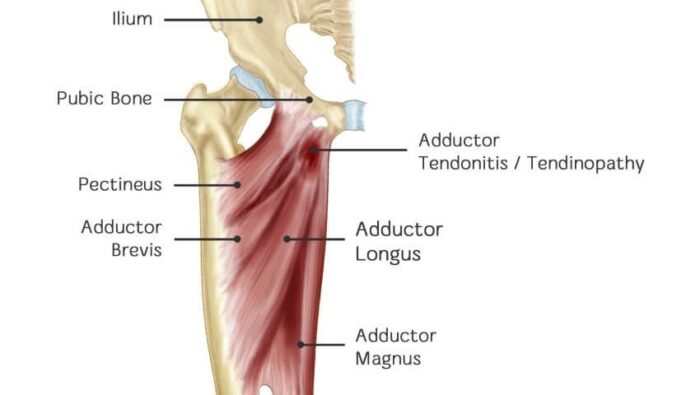
5. Throwers Elbow (i.e., Muscular Pain Or Tendinopathy)
The main reason for this injury is the overhead activity. Pain in the elbow, throbbing, lack of range in motion, or swelling, is muscular pain symptoms. The player should maintain flexibility and strengthen the affected portion to prevent this.
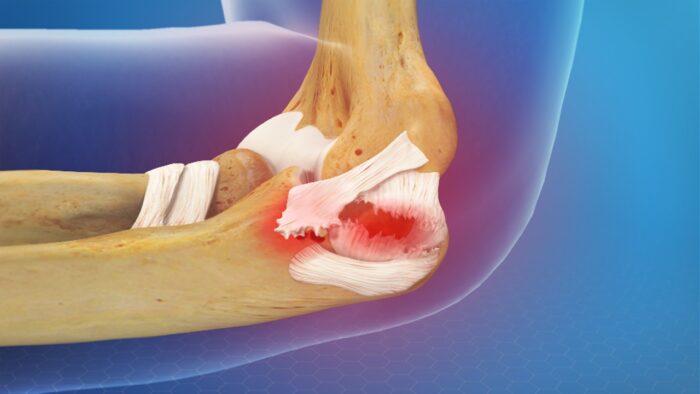
6. Sprain On UCL (i.e., Ulnar Collateral Ligament)
The UCL is nested in the joints. The common symptoms are a popping sound and instability in the joint. Sometimes, it results in ligament tearing. Overusing joints lead to chronic pain. Prevention - Strengthening the muscle area can relax the posture and movement for some time, or taking a break from practice and playing for recovery purposes.

7. Lower Joint Back Pain
Lowe joint back pain is considered one of the most common pains or sprains. It is prominent in a sport like Cricket due to the constant bending while batting or bowling. Prevention - Maintaining a solid core allows the spinal flexibility and keeps the person balanced.

8. The Strain On The Hamstring Area
The hamstring is located between the hip and knee. It usually allows for the extension and stretches from both sides. These muscles help a person run fast. The strain can cause tenderness, swelling over the tendons, and bruises. Prevention from the injuries is to strengthen the affected area and practice flexibility training. 
9. Strain Towards The Sideway/Abdominal Region
Whenever a bowler faces abdominal pain, it is due to over usage of the muscle. Naturally, it pains on the non-bowling side. For prevention, it is better to rest, avoid core exercises, warm up in a limited manner, and stretch frequently.
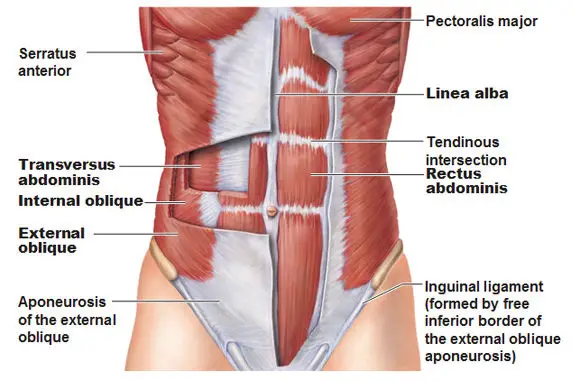
10. Sprains In The Hand/Wrist Even Fractures, Dislocation Of The Joints, And Strain Among The Muscles
Sprains in hand might cause due to catching an over-speedy ball. Sometimes, these activities can lead to fractures, dislocation, and sprains. This also includes finger injuries which are usually prone by the wicketkeeper. Prevention - Splinting the fingers together might help to faster recovery. Relaxing and giving the affected area a proper recovery time might help come out of it soon.
